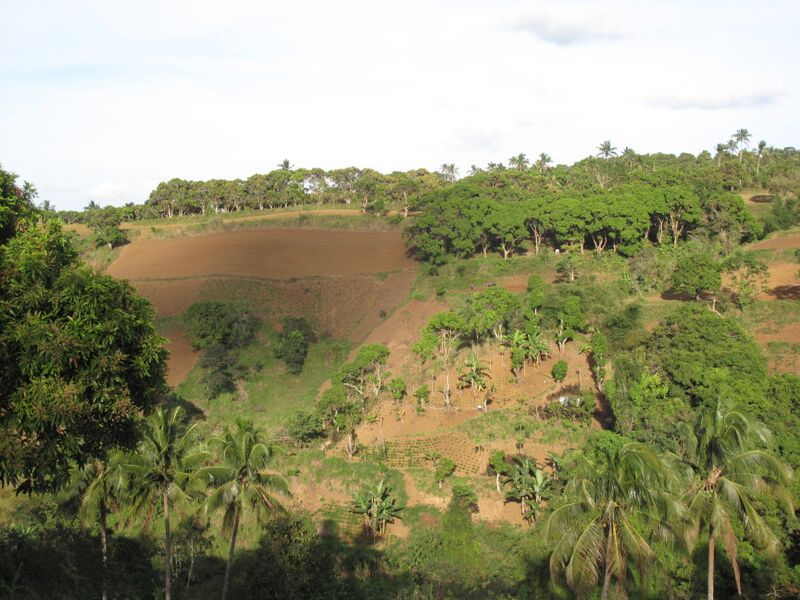How do we know when forest landscape restoration has been achieved?
A principal rationale for restoring a landscape is to return ecosystem services in a way that makes the ecosystem functional and productive while providing for the needs of those who depend on the landscape. There may be some common indicators from restoration efforts that apply to a broad range of needs and outcomes. A recent article entitled, “Measuring progress in status of land under forest landscape restoration using abiotic and biotic indicators” published by the journal Restoration Ecology examines this further.

Photo: IUCN
What determines the success or failure of forest landscape restoration (FLR) efforts? This question is becoming increasingly important as political and financial momentum for restoration continues to grow and governments have committed to bring millions of hectares under restoration. A restored landscape looks inherently different depending on a whole range of factors too innumerable to list. No matter the differences, FLR needs to deliver on the ecosystem services that it purports to improve. Robust monitoring methods are crucial and, as with many projects, the key to monitoring restoration involves choosing and examining individual successes against a broad and pre-agreed set of outcomes. The recent article by Dudley et al. (2018) in Restoration Ecology establishes that:
“Successful monitoring systems for restoration need to consider three key elements: (1) the factors that caused degradation to occur (the status); (2) the changes to the ecosystem during restoration (the outcomes); and (3) the steps taken by the restoration project (the outputs).”
This article concentrates specifically on the outcomes portion of these key elements with the ultimate aim of identifying changes to the ecosystem which restore some level of their services. However, before changes to the ecosystem can be validated, individual indicators must be identified and systems in place to allow them to be measured. What indicators are chosen and how they will be measured depends on many variables including: technical capabilities, finances, specific goals, among many others. Indicators are sub-divided into two categories – abiotic and biotic.
The article examines abiotic indicators (think soil profile, water quantity or quality, or contamination) and biotic indicators (think solid ground cover, pollinators, native species). These threshold indicators must ultimately must be chosen for suitability to the landscape and a variety of other reasons (technical capacity, keystone species targets, project requirements, cultural implications, etc.). However, the authors propose a minimum list of threshold indicators for both biotic and abiotic factors.
 Photo: Dudley et al. (2018), Restoration Ecology
Photo: Dudley et al. (2018), Restoration Ecology
They claim that, at minimum, if these indicators are set and monitored in an FLR intervention, at both the site and landscape level, they have the potential to create the enabling conditions for the return of ecosystem function.
“Such measurements are important to ensure that restoration delivers the ecosystem services that were targeted and is important both at the local level and national level to ensure that stakeholders understand what restoration efforts provide, and to help justify investments.”
For access to the full article, please contact co-author Gretchen Walters at gretchen.walters@iucn.org
For more on forest landscape restoration



